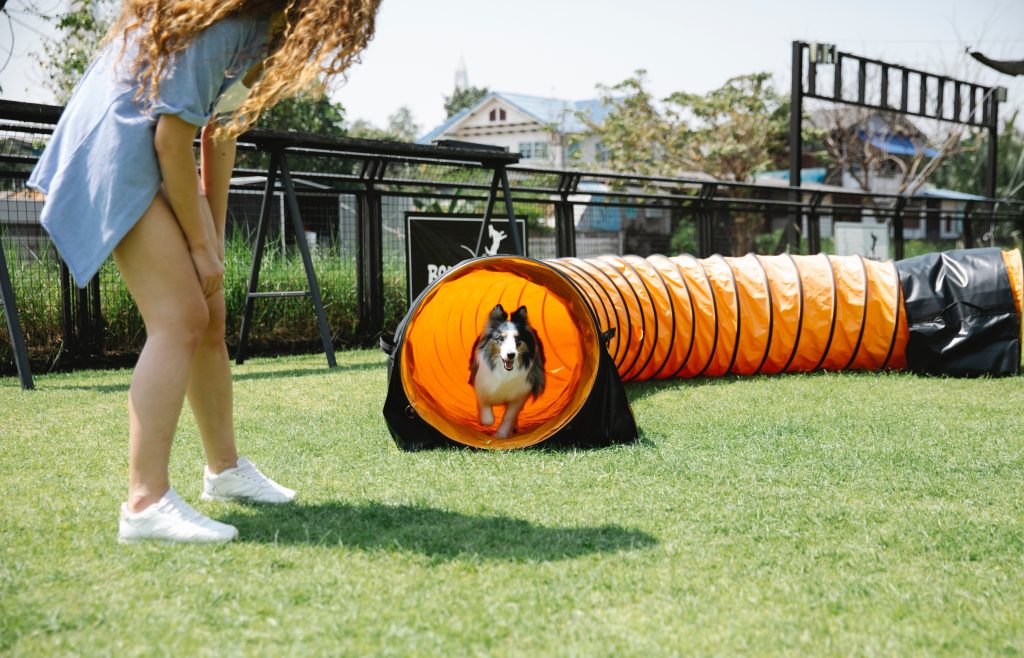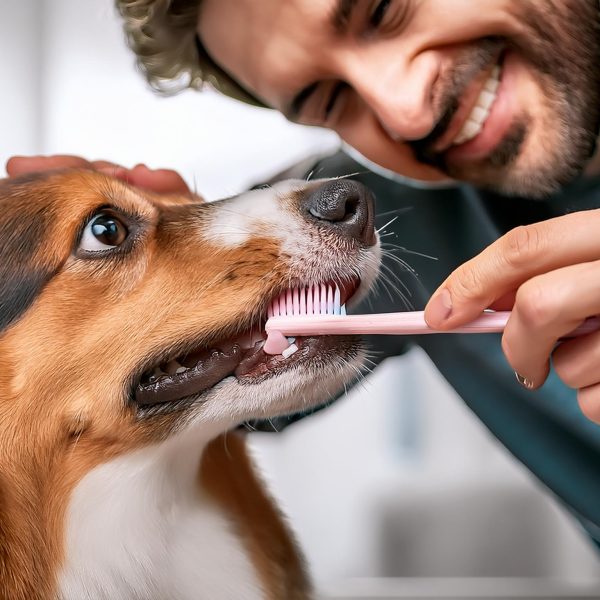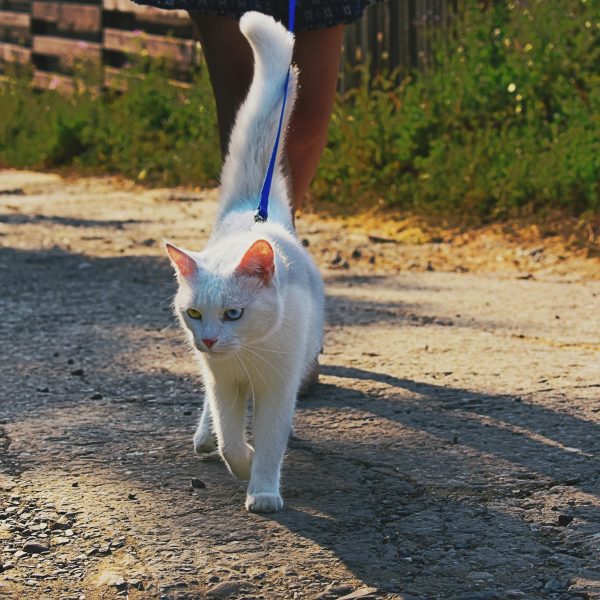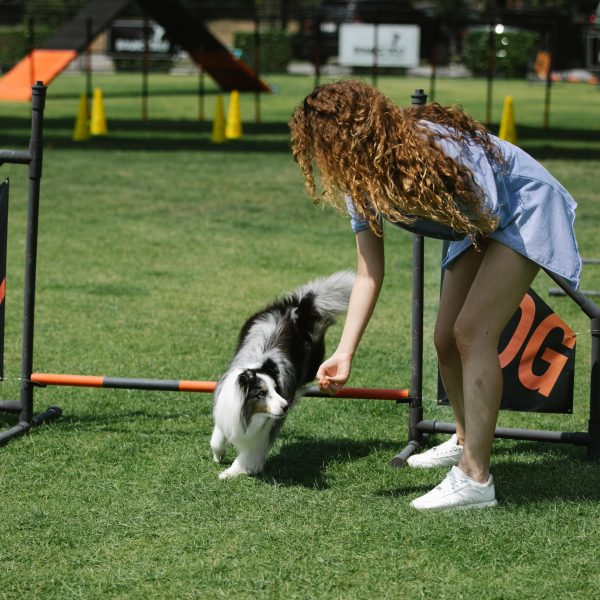Pets have always held a special place in our hearts, offering unwavering companionship and boundless love. Whether they come with fur, feathers, or scales, pets enrich our lives in ways that words cannot fully capture. As pet owners, it is not just our duty to meet their basic needs but also to ensure their mental and physical welfare. In recent times, the concept of environmental enrichment has gained traction as an effective means to achieve this holistic well-being for our furry friends.
Understanding Environmental Enrichment
Environmental enrichment entails enhancing the living environment of pets in ways that stimulate their natural behaviors, cognitive capacities, and overall happiness. This approach recognizes that pets, much like their wild counterparts, possess instincts, curiosity, and a need for physical engagement. By providing an enriched environment, we can stave off boredom, mitigate stress-related behaviors, and even prevent certain health issues.
The Significance of Enrichment
Pets that live primarily indoors often contend with boredom and inactivity. Dogs may resort to chewing furniture or excessive barking, while cats might scratch furniture or withdraw. Here, environmental enrichment comes into play.
- Mental Stimulation: Enrichment involves engaging pets in activities that challenge their minds. Puzzle toys, interactive games, and treat-dispensing devices allow them to exercise problem-solving skills, ward off boredom, and maintain agility, especially as they age.
- Physical Activity: The lack of exercise can lead to obesity in pets. Enrichment activities promote movement, helping them maintain a healthy weight and muscle tone. Dogs can benefit from agility courses and games of fetch, while climbing structures and toys that mimic hunting behaviors cater to cats.
- Emotional Well-being: Enrichment grants pets opportunities to express their natural behaviors. Hiding treats taps into dogs’ scavenging instincts, while scratching posts allow cats to fulfill their need to scratch and mark territory. This prevents frustration and fosters emotional stability.
- Social Interaction: Enrichment activities also strengthen the bond between pets and their human caregivers. Shared activities enhance trust and create cherished memories, fostering a deeper connection.
- Stress Reduction: Changes in environment or feelings of loneliness can lead to stress in pets. Enrichment diverts their attention from anxiety-inducing stimuli and offers a sense of control over their surroundings, reducing stress levels.
Ideas for Engaging Your Pets
For Dogs:
- Utilize puzzle toys to challenge their problem-solving abilities.
- Engage in hide-and-seek games using toys or treats.
- Provide interactive toys with sounds or movement.
- Set up agility courses for physical and mental challenges.
For Cats:
- Create climbing structures and shelves for exploration.
- Offer prey-like toys such as feather wands or laser pointers.
- Incorporate puzzle feeders to make mealtime engaging.
- Provide cardboard boxes and paper bags for play.
For Birds:
- Rotate toys regularly to prevent boredom.
- Present foraging toys that hide treats for mental stimulation.
- Mirrors and hanging toys encourage movement and exploration.
For Small Rodents:
- Offer enclosures with tunnels and hiding spots.
- Provide exercise wheels for physical activity.
- Include bedding material for nesting behaviors.
For Reptiles:
- Mimic natural conditions with branches, rocks, and hiding spots.
- Adjust lighting and temperature levels accordingly.
- Offer safe climbing and exploring objects.
Implementing Enrichment Safely
While environmental enrichment offers numerous benefits, ensuring the safety of your pets is paramount:
- Supervision: Monitor your pets during enrichment activities to prevent accidents.
- Safe Materials: Choose toys and materials without small parts that could be swallowed.
- Variety: Regularly switch up toys and activities to maintain interest.
- Consult Professionals: Seek guidance from veterinarians, trainers, or animal behaviorists to tailor enrichment activities to your pet’s needs.
Conclusion
Environmental enrichment is not a fleeting trend but a fundamental aspect of responsible pet ownership. By addressing our pets’ cognitive, physical, and emotional needs, we can significantly enhance their quality of life. Engaging them in activities that align with their natural behaviors and challenge their intellect not only combats boredom and stress-related issues but also strengthens the unique bond we share with our cherished companions. Let’s wholeheartedly embrace the concept of enrichment and embark on a journey to provide our pets with lives that are fulfilling, joyful, and rewarding.








